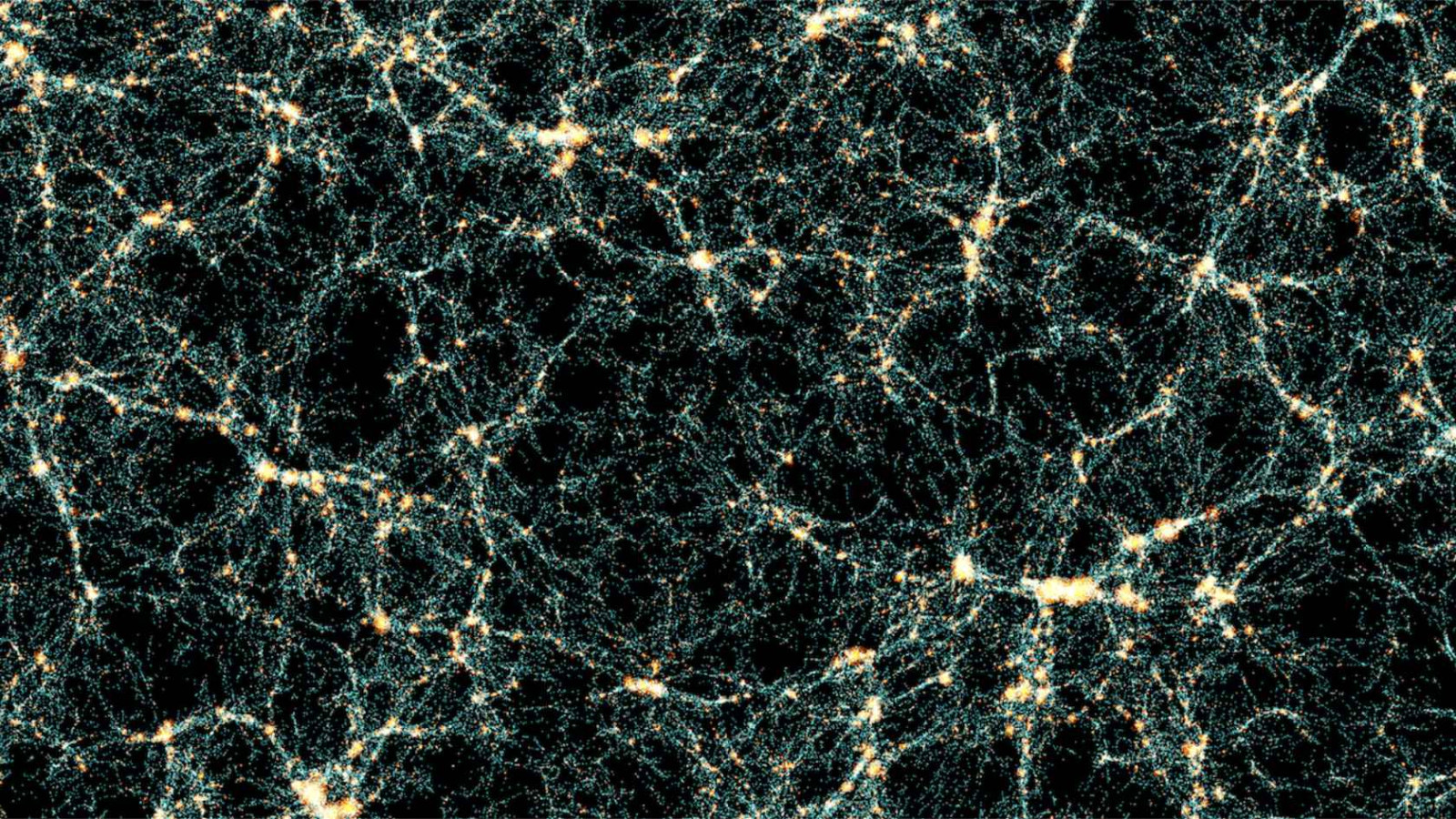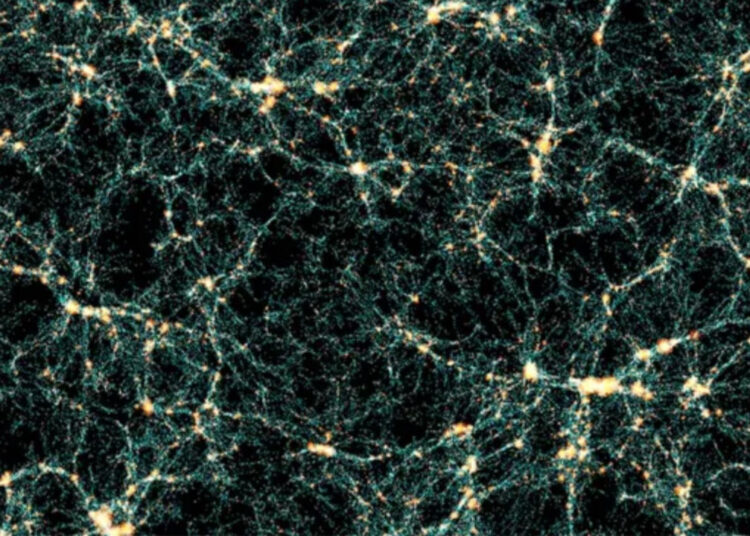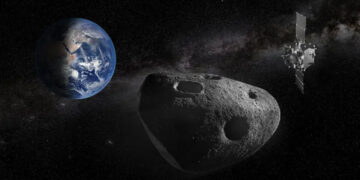While thoughts about countless possibilities of those living within a simulation have long been on the agenda, just one step beyond reality, humanity’s self-created virtual universes are now being used to unravel the universe’s deepest secrets. The Euclid Consortium, which guides the Euclid mission of the European Space Agency, is now sharing Flagship 2, the most extensive simulation ever conducted, with the world. This virtual universe map covers 3.4 billion galaxies and monitors the gravitational interactions of over four trillion particles.

Astrophysicist Joachim Stadel from the University of Zurich, seen as the architect of the study, used a special algorithm that developed this massive simulation. The potential of Piz Daint was decisive in bringing the project to life; in 2019, this machine, one of the world’s most powerful supercomputers, enabled the formation of a detailed virtual universe. This simulation, which will guide the data of the Euclid mission, is vital for the accurate interpretation of observations.
Project researchers like Julian Adamek emphasize that Flagship 2 plays a critical role in making sense of the data collected by Euclid. Since 2023, the Euclid telescope has been scanning billions of galaxies and aims to examine in detail the distribution of dark matter and dark energy in the universe. The mission observes about a third of the sky, revealing a massive flow of data, and the harmony between simulations increases the efficiency of the work.
Researchers working beyond the limits of the standard model expect that observations from Euclid will significantly overlap with the predictions of Flagship 2. However, this project, which also opens the door to surprises in the behavior of the universe, may provide clues beyond the current cosmological model. Stadel summarizes this situation with the words: “We see signs that cracks have formed in the standard model.”
The topic also includes the fact that dark energy accelerates the expansion of the universe. Euclid Consortium teams like Jorge Carretero and Pau Tallada note that to test whether this energy is constant, it is necessary to look back 10 billion years into the universe’s past. Adamek summarizes the projection with the words: “We will be able to observe how the universe expanded back then and measure whether this constant has changed.” The new observational results began to be shared with the public in March 2025, and additional data is planned to be released in spring 2026.









